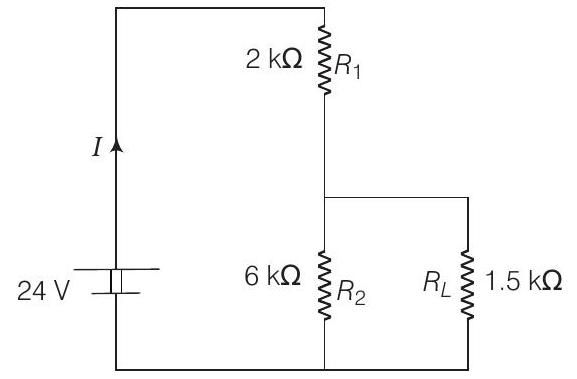Current Electricity 3 Question 14
13. For the circuit shown in the figure
(2009)

Show Answer
Solution:
(a)
(b)
(c)
(d) When
Now potential difference across
Earlier it was
Since,
In new situation potential difference has been decreased three times. Therefore, power dissipated will decrease by a factor of 9.






